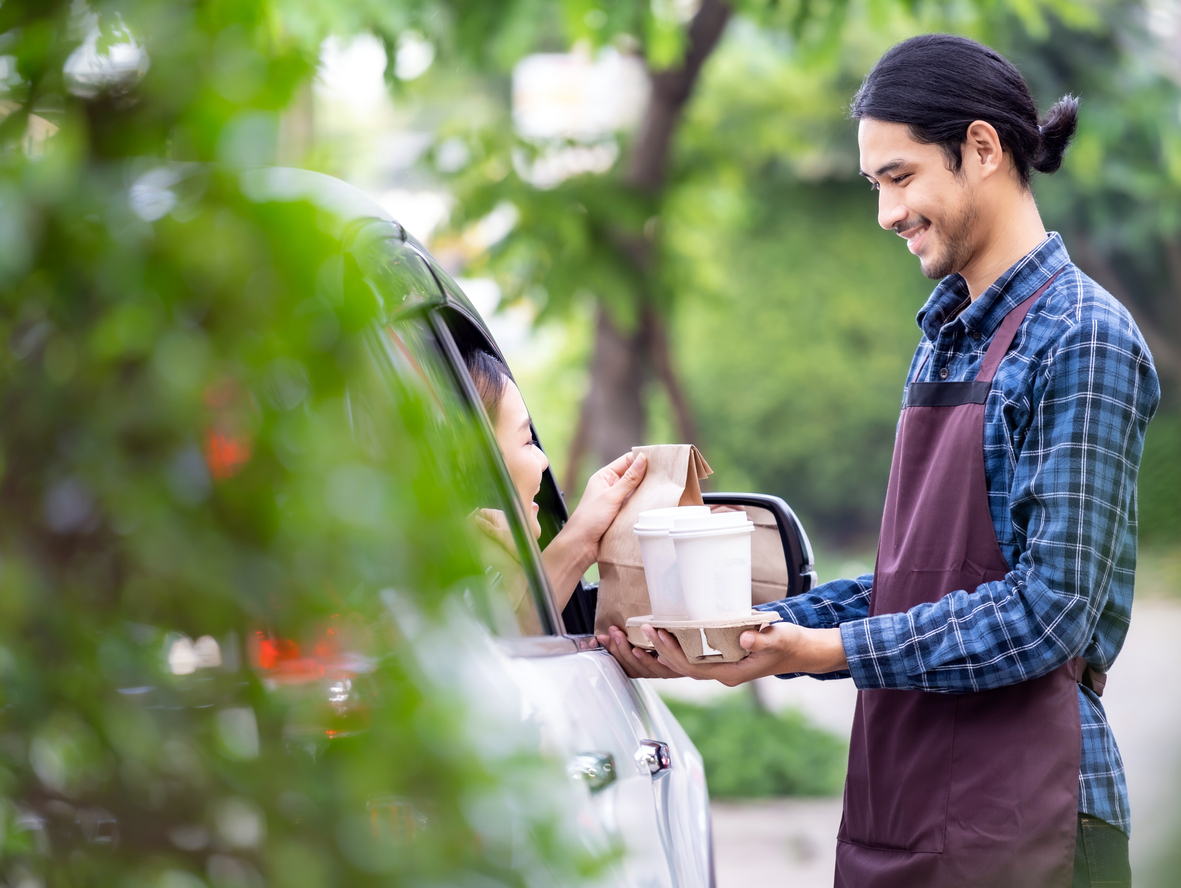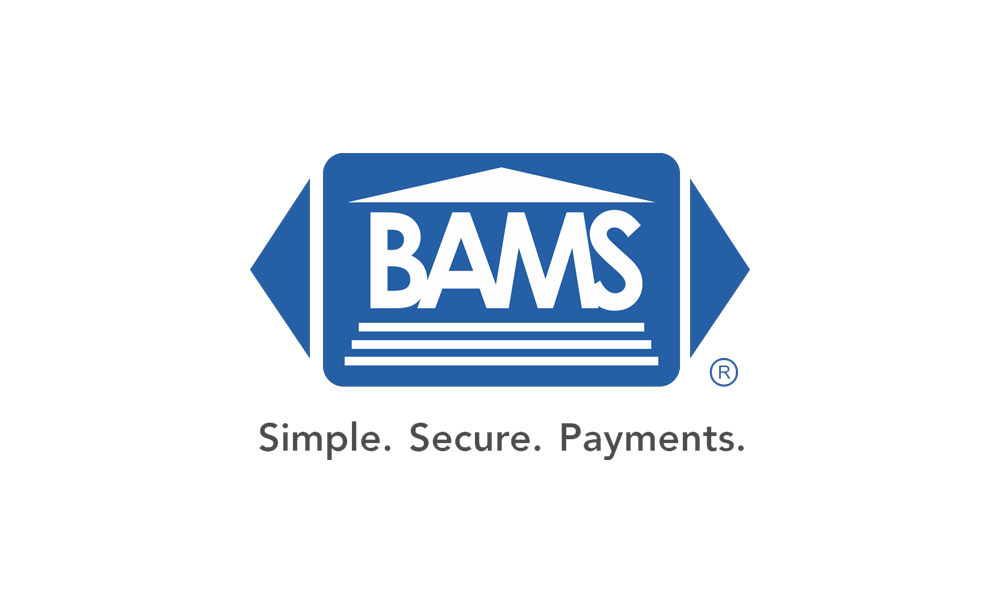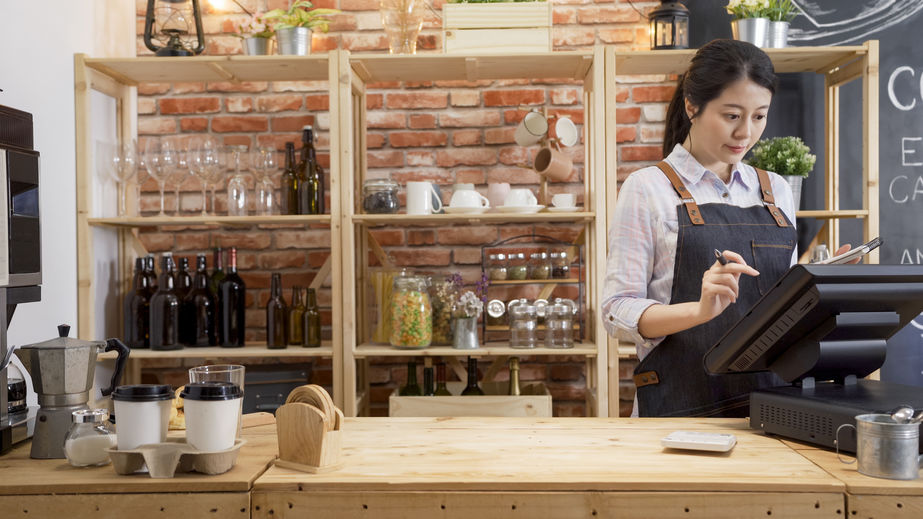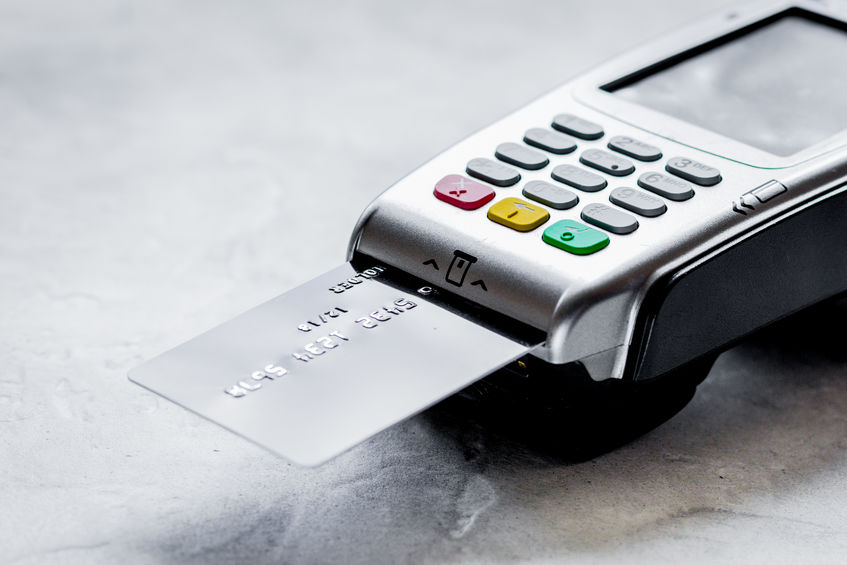Ordering Online: How the Global Pandemic Changed the Restaurant Industry for Good
A few years ago, ordering in was more likely to mean picking up the phone than opening a web browser or firing up an app. But things have changed. Today, online ordering is expected from a restaurant, and failure to offer it to customers may very well mean losing them. The extreme importance of online self-serve ordering in today’s restaurant industry is largely due to the global pandemic, which took away the option to eat in, leading customers to look for alternative, more convenient ways of avoiding cooking or enjoying a dining experience.
But, while the pandemic has receded, the consumer habits are here to stay. Online ordering is now a staple service that no restaurant can afford to go without, and that’s forcing many restaurant owners to quickly adapt to both new technologies and new restaurant payment processing services to keep up.
Online Ordering as a Must-Have
Food delivery is certainly nothing new, but the lockdowns and distancing guidelines in place throughout the pandemic pushed our dependence on it to new levels. When dining out was no longer a viable option and even getting groceries became a pain, delivery penetration rose by as much as 50% over pre-pandemic levels – a trend set to stick around for years to come.
At the same time, changing consumer trends have made ecommerce the new standard, with online shopping seeing a decade worth of growth in just the first few months of the pandemic. Today, customers not only increasingly depend on delivery, but they want the option to self-serve online. The overall result is that, while online ordering was once a nice-to-have, it’s now an absolute must.
Restaurants that force customers to call in increasingly risk losing market share to competitors that offer an easy, frictionless online ordering experience. For some restaurateurs, that change was old news, but for many – especially smaller family-owned and run restaurants – the sudden demand for web-based ordering and delivery was a shock.
The Emergence of Curbside Pickup
Another big industry trend over the past few years has been the adoption of curbside pickup options. 67% of restaurants added curbside options in the months following the breakout of COVID-19, and in the years since, that number has grown to the point where curbside pickup is now ubiquitous. The growth of pickup, alongside the huge increase in delivery dependence, has some big impacts on service businesses.
Dedicated pickup parking spots are now a common sight at chain restaurants like McDonald’s, which also now often allow customers to pick up in-app orders from the drive-thru window. But even the size of restaurants themselves may begin to change, with chains like Burger King planning to reduce the size of stores by as much as 60%. That downsizing trend could also greatly benefit small restaurateurs, who may be able to generate the same amount of revenue from significantly reduced square footage.
How Restaurants Have Adapted
The most obvious way restaurants have been forced to adapt to the rapid changes in the market and consumer preferences is through technology. Websites and ecommerce systems are no longer luxuries but a core part of operations. Luckily, the availability of low-cost website creation services and turnkey online ordering systems have made getting online accessible for even the smallest restaurants. Many owners have also turned to services like Uber Eats, GrubHub, and DoorDash to effectively outsource the ordering and delivery process altogether – albeit at significant cost, with commissions potentially reaching 20% or more on each order.
But ecommerce isn’t the only area in which restaurants have had to adapt; many have also been forced to modernize their payment processing, as well. Small restaurants that have operated traditionally on cash now require the ability to accept card payments. And many restaurants that have spent years operating with the same, fixed, and often single POS systems now find themselves more dependent on mobile payment processing for curbside payments.
Finding the Right Restaurant Payments Partner
Restaurants looking to adopt new payment options or modernize their existing processing should focus on three main areas: integrations, service, and rates.
Integrations: The ability to access flexible hardware and software is crucial to both streamlining operations and preparing a business for growth. The right restaurant payment processor should offer a wide variety of payment hardware options and also be interoperable with as many third-party software systems – like point-of-sales – as possible.
Service: Payment processing operates in the background, but a processor is a major partner in a restaurant’s success. As such, personalized, professional support is extremely important. Outsourced call-centers just aren’t good enough. To ensure continuity and a great relationship, the right payment processor should offer a dedicated support specialist that not only knows the restaurant business as a whole, but also takes the time to really get to know the individual business, as well.
Rates: Transaction fees matter because, while small, they add up quickly and can cut into profit margins in insidious ways. The right payment processor should offer interchange-plus pricing – the most transparent and lowest-cost fee model available today. Interchange-plus pricing dynamically adjusts transaction fees based on the actual rates charged by the card companies, resulting in much lower average rates than any fixed-fee plan can offer.
BAMS offers restaurant merchant accounts with some of the most competitive interchange-plus pricing available. BAMS restaurateurs also enjoy access to the industry’s best one-on-one support specialists, and integration with all types of payment hardware and all the industry’s top point-of-sale systems. To find out more about how a BAMS merchant account can help your restaurant adapt to changing consumer preferences while slashing your monthly merchant statement, get started with a free five-point price comparison today.




